Niagara Falls is one of the top tourist destinations in North America with magnificent waterfalls on both the American and Canadian sides. Tourists also typically visit many of the attractions like Bird Kingdom, Ripley’s and a host of other locations. One of the most overlooked areas is Dufferin Islands which are only a 10 minute walk from the falls on the Canadian side.
NOTE: Click on images to enlarge

Dufferin Islands is composed of a number of very small islands linked by bridges and pathways. Landscape photographers will find some interesting scenes to capture as they enjoy a leisurely stroll along the various pathways.
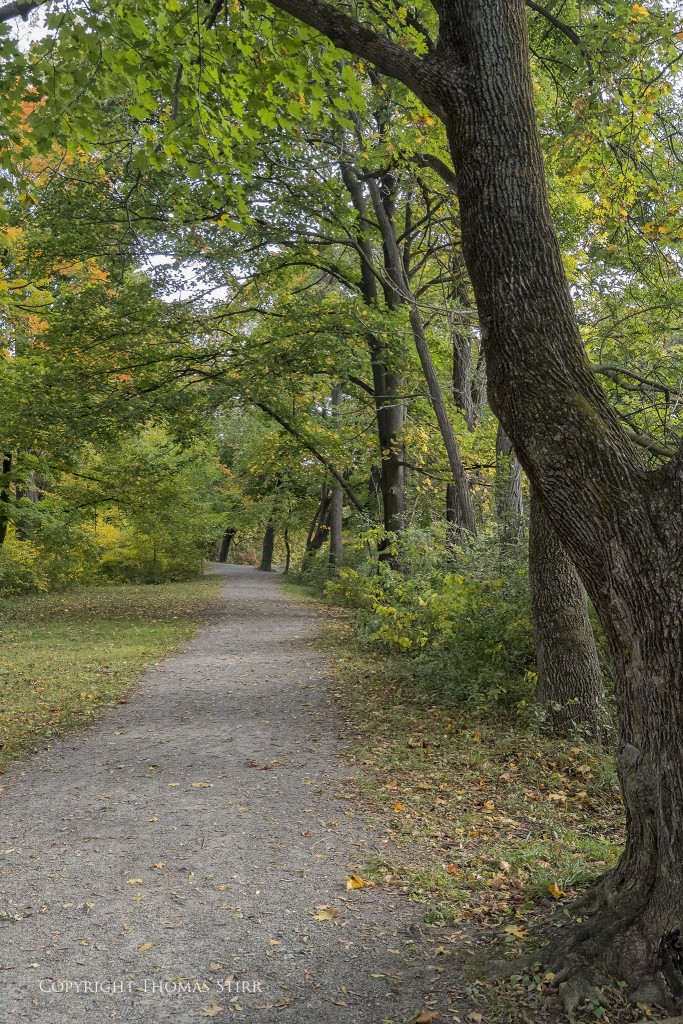
Fall is a particularly good season to visit as the trees are in colour, often casting colourful reflections on the water.

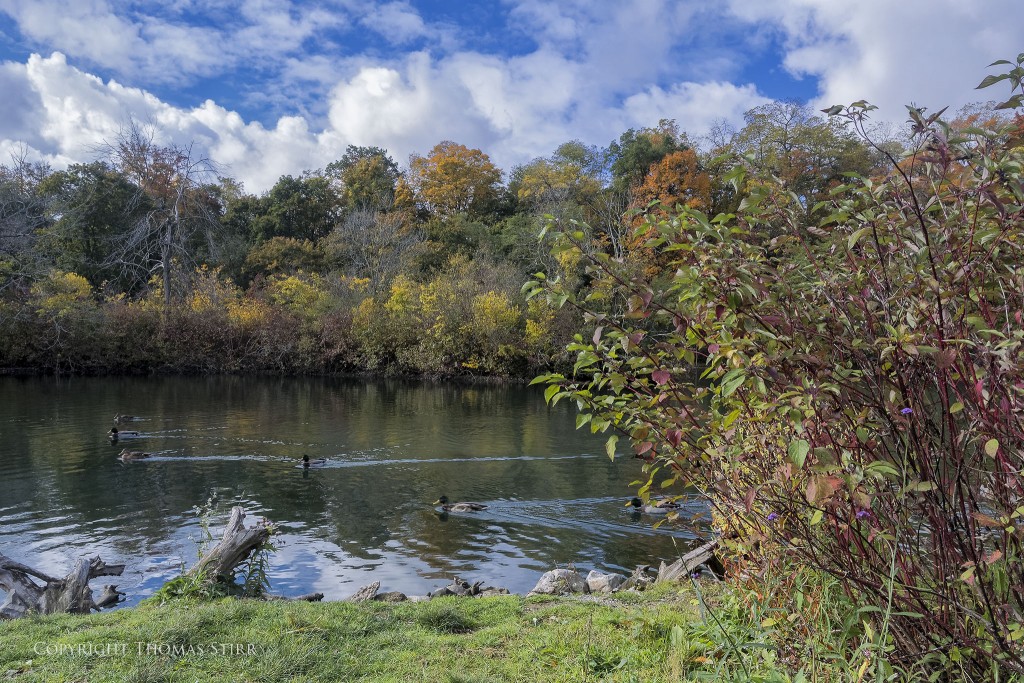
As you stroll along the pathways you’ll come across a number of small ponds. Often, early in the morning in the late summer and fall you can find egrets and great blue heron feeding in these shallow water areas.
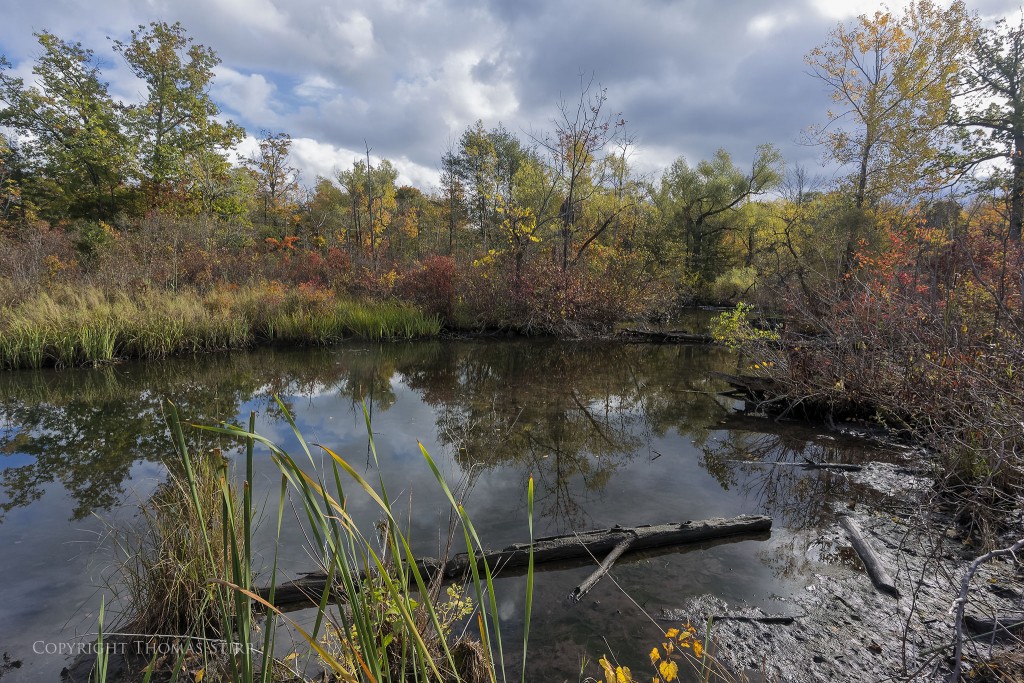
As is often the case in tourist areas many of the birds are quite tolerant of people, especially if they are being fed.

While these feeding frenzies don’t make for very attractive images the fact that the birds are used to being around people does allow for some nice, solitary image captures if one is patient.
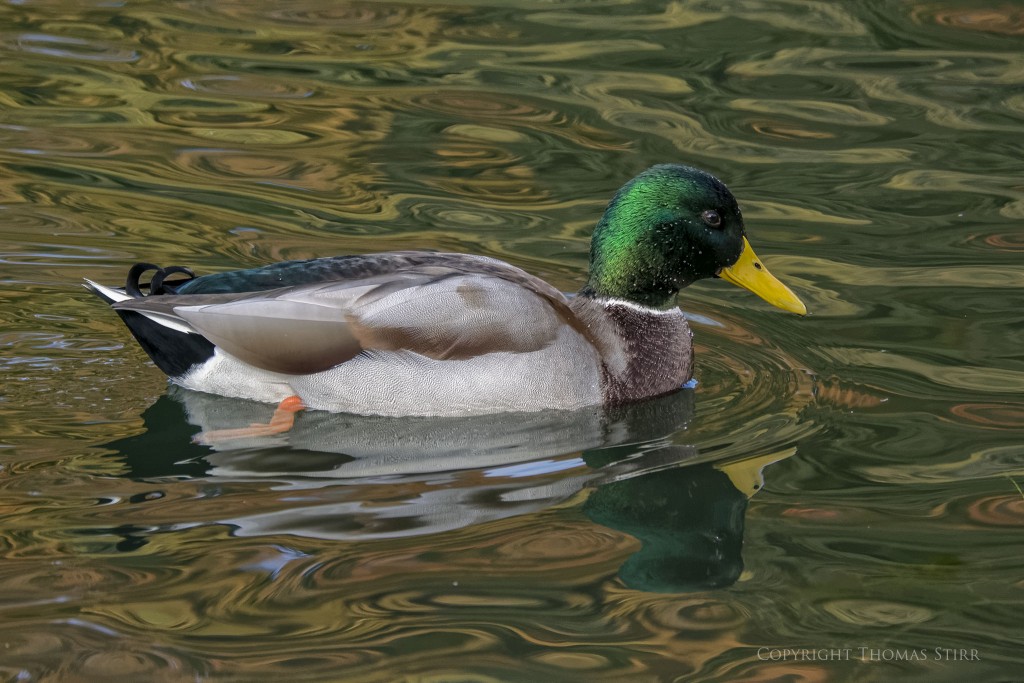
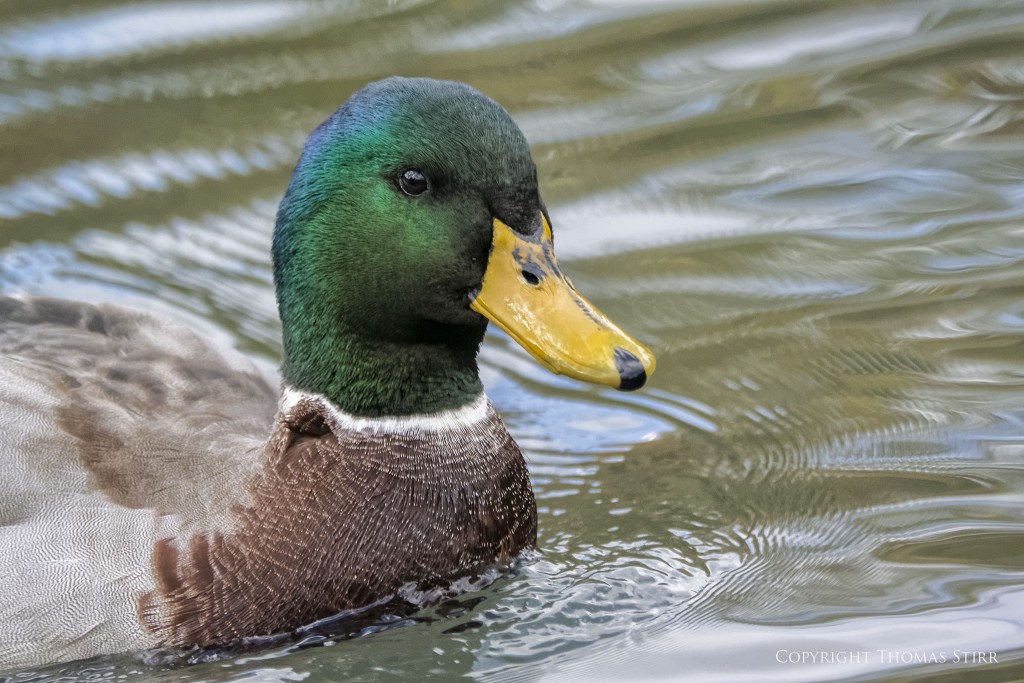

While it is quite easy to get close to the Mallard ducks other migratory species are much more skittish and require a degree of stealth when approaching them.

With a bit of luck, and a lot of patience, it is possible to capture some action-type bird images of them landing, taking off, and flying past.



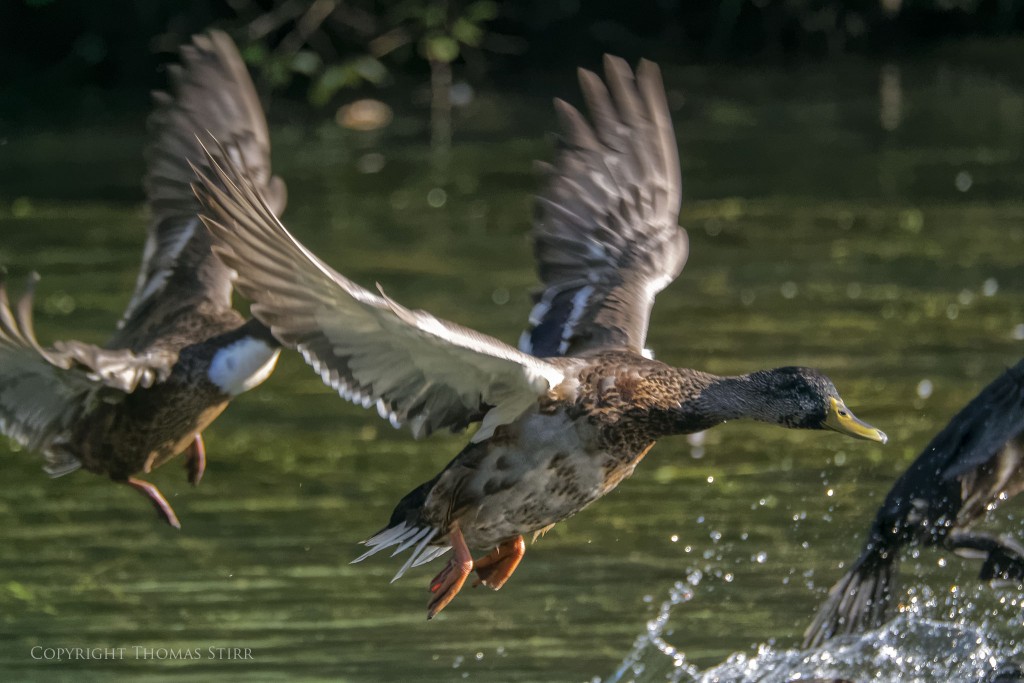
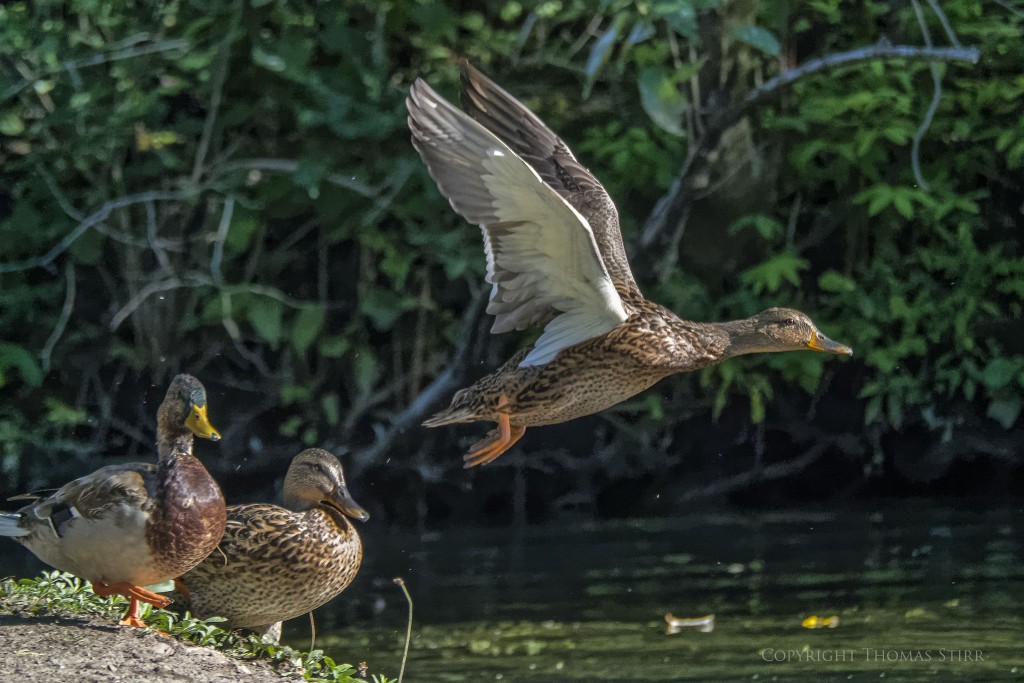
I would certainly encourage readers who are planning to visit the Niagara Falls Canada area to set aside some time to visit Dufferin Islands.
My intent is to keep this photography blog advertising free. If you enjoyed this article and/or my website and would like to make a modest $10 donation through PayPal to support my work it would be most appreciated. You can use the Donate button below. Larger donations can be made to tom@tomstirr.com through PayPal.
Article and all images Copyright Thomas Stirr. All rights reserved. No use, duplication of any kind, or adaptation is allowed without written consent.

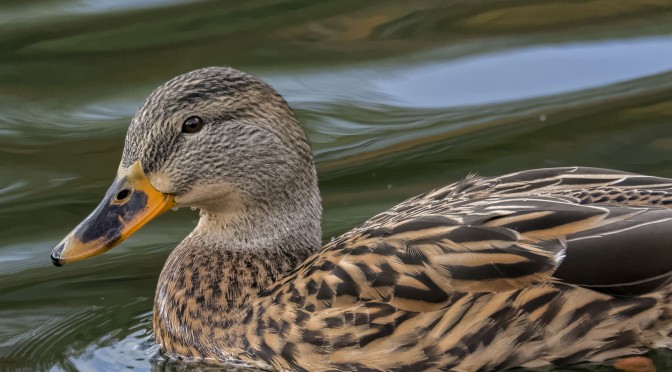
Hej Nikon, make nice weatherproofed prime 6.7/2.8 weatherproof coming V4 and you`ll be talking.
Hi Stanislaw,
Nikon has filed a patent for a 7.5mm f/2.8, but there’s no indication that it will be weatherproof. Based on past primes I doubt that it will be. I’d love to see a weather proof V4 body and an updated 70-300 PF zoom also have weather proofing…they would be a super combination for nature!
Tom
Beautiful! I think you must really like the 6.7-13 wide angle zoom very useful. Really nice scenes shot with that lens. I guess I will have to break down and get one. On another note, how do you get rid of the first shot lag on the V2? Can the review screen be turned off, so that it goes on only when you want it? I know that is part of the problem. Did you change the shutdown time for a longer interval? You get such nice in flight shots and those issues are what sometimes prevents me from doing so.
Great article,
Vern Rogers
Glad you enjoyed the images Vern!
The Nikon 1 6.7-13mm f/3.5-5.6 is a really beautiful lens. DxO rates it as sharp as the Nikon 1 10mm f/2.8 and 18.5mm f/1.8 primes and I do not doubt that at all! It also renders very nice colours. I used to fit it with a polarizing filter but have since switched to usually using my Lee graduated neutral density filters with it instead. I found that at the wide end it was difficult to get an even effect with the polarizing filter whereas the graduated neutral density filters allow me to better compensate for the limited dynamic range with the V2’s.
You can turn off the image review in the > part of the menu, and if you do not want an image on the rear screen this can also be turned off my using the DISP button on the back of the V2. To help eliminate image lag in the viewfinder another trick is to keep the thumb of your shutter hand over the sensor on the right-hand side of the EVF. I have the shutdown time for my V2’s set at 1 minute to help conserve battery power.
Tom